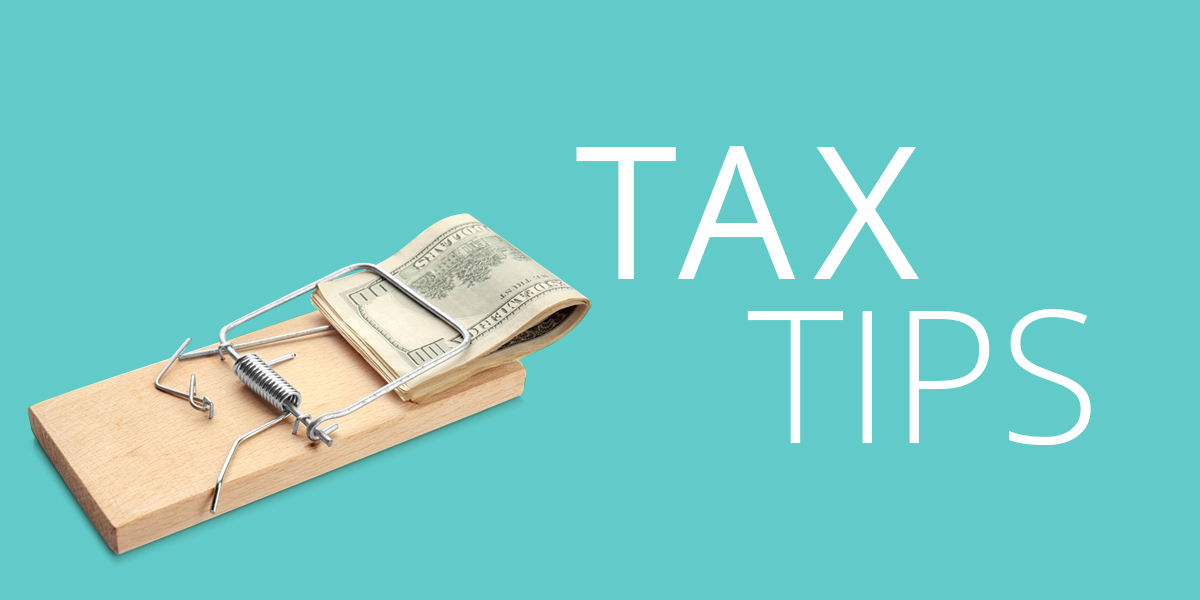Providing tax benefits to investors who invest eligible capital into distressed communities throughout the U.S. and its possessions, Qualified Opportunity Zones (QOZs) were created under the Tax Cuts and Jobs Act of 2017 to spur economic development and job creation. If you’re considering investing in a QOZ, here are five facts you should know:
1. Defer Tax on Capital Gains. Taxpayers may defer tax on eligible capital gains by making an appropriate investment in a Qualified Opportunity Fund (QOF) and meeting other requirements.
2. Partnerships. In the case of an eligible capital gain realized by a partnership, the rules allow either a partnership or its partners to elect deferral. Similar rules apply to other pass-through entities, such as S corporations and their shareholders, as well as estates and trusts and their beneficiaries.
3. Qualifying for the Deferral. To qualify for the deferral, investors must meet the following criteria:
- Capital gains must be invested in a QOF within 180 days.
- Taxpayer elects deferral on Form 8949 and files with its tax return.
- Investment in the QOF must be an equity interest, not a debt interest.
4. Investment held for 10 years. If the taxpayer holds the investment in the QOF for at least 10 years, the taxpayer may elect to increase its basis of the QOF investment equal to its fair market value on the date that the QOF investment is sold or exchanged. This may eliminate all or a substantial amount of gain due to appreciation on the QOF investment.
To view the current list of designated Qualified Opportunity Zones, navigate to the Opportunity Zones Resources page at the Department of Treasury’s www.cdfifund.gov.
Questions about the Opportunity Zone Tax Incentive? Don’t hesitate to call.

